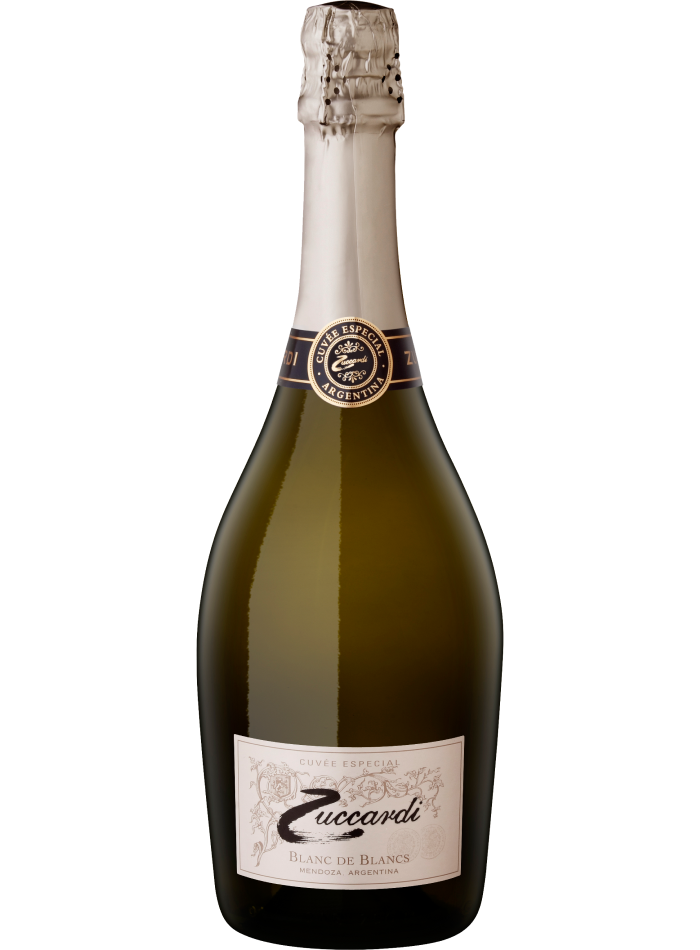Viticulturist
Wines
"We are a family of viticulturists; we were and we are innovative. These wines represent the work of three generations, the personality and style of each of the members of my family."
– Sebastián Zuccardi
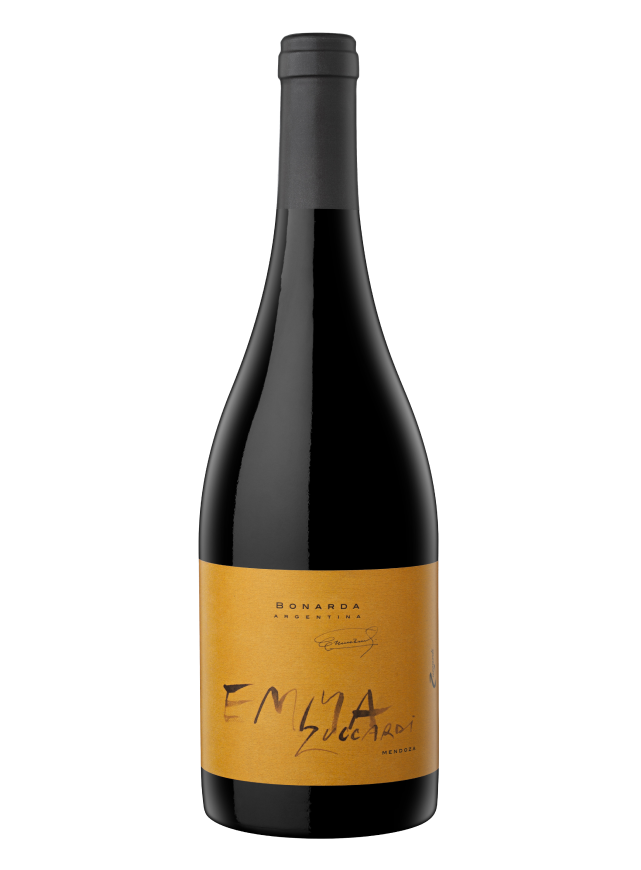
Emma
Zuccardi
ORIGIN & ALTITUDE: IG Paraje Altamira, San Carlos, Valle de Uco, Mendoza – 1100 m | 3906 ft
IG San Pablo, Tunuyán, Valle de Uco, Mendoza – 1400 m | 4593 ft
VARIETY: 100% Bonarda
Emma is a very special wine, not only because it bears my grandmother's name on the label, but because it was the first wine I made.
The first Bonarda vines were brought to Argentina by European immigrants at the end of the 19th century; and it was for many years confused with Bonarda from Piedmont Region, until it was finally proven that it is Corbeau Noir, another European varietal original from Savoia, France. However, due to tradition and adaptation, and because of the large, cultivated area in our country, we call it Bonarda Argentina.
Back in 1990 we made one of the first Bonarda in Argentina, from vineyards planted by my grandfather in the region of Santa Rosa.
Nowadays I include this variety in each new vineyard I plant, as part of our identity.
Today, Emma Zuccardi Bonarda, is an assemblage of grapes from Paraje Altamira (1100m | 3609 ft) and San Pablo (1400 m | 4593 ft) in the Uco Valley.
Sebastián Zuccardi
Tito Zuccardi
ORIGIN: IG Paraje Altamira, San Carlos, Valle de Uco, Mendoza
ALTITUDE: 1100 m | 3906 ft
VARIETY: 85% Malbec, 15% Cabernet Franc
My grandfather Alberto, known by family and friends as Tito, had an obsession: fighting against the desert in Mendoza. In 1963 he began planting the family's first vineyards to demonstrate his innovative and efficient irrigation system. Thus he discovered his passion was viticulture and started building the family business.
Behind a calm and smiling exterior, Tito was alive with the conviction that nothing was impossible for him. He created an irrigation system that was revolutionary for the western region of Argentine, he also developed innovative vine management methods, effective systems to control frost and hail, and rescued traditional European varieties such as Sangiovese, Tempranillo, and Bonarda, long forgotten in the region.
Tito was a great visionary, Tito was my grandfather. This wine reflects his spirit. Tito Zuccardi is a red wine made from co-fermented grapes from Paraje Altamira, a wine that has no limits.
Sebastián Zuccardi
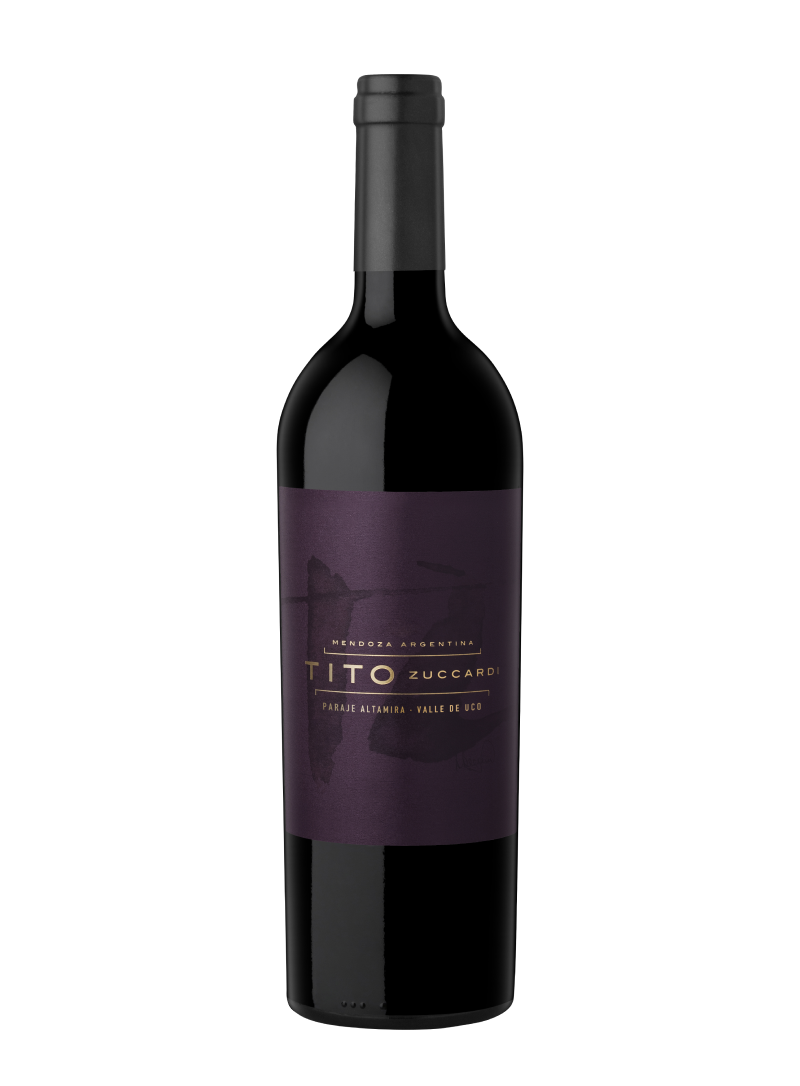
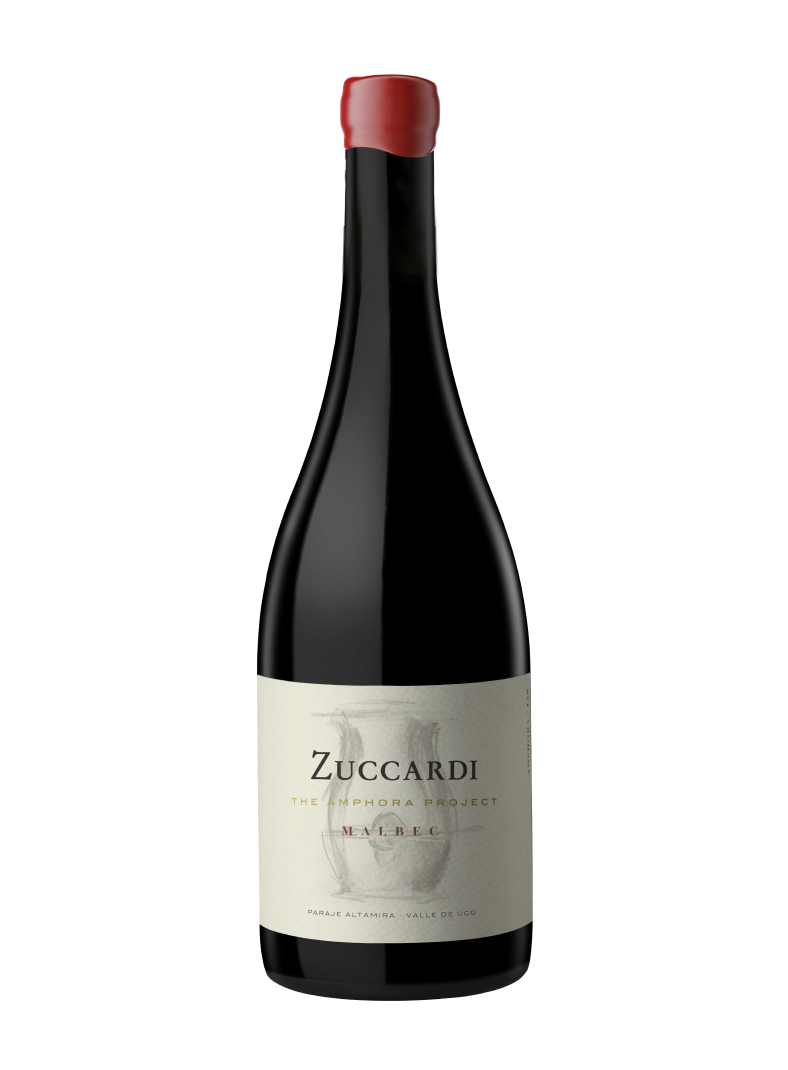
The
Amphora Project
ORIGIN: IG Paraje Altamira, San Carlos, Valle de Uco, Mendoza.
ALTITUDE: 1100 m | 3906 ft
VARIETY: 100% Malbec
The Amphora Project is 100% Malbec from a selected amphora. Every year we decide to look for the exceptional essence of the place that gave rise to this Malbec, whose purity and transparency transmit the uniqueness of Paraje Altamira. We meticulously select the clusters, stomp the grapes in the amphora, and use fermentation by infusion, with whole bunches. No extraction during fermentation, and with a maceration for 45 days.
Through a respectful vinification, almost without intervention, we achieve a wine that expresses the finesse, elegance, and purity of this place.
Sebastián Zuccardi
Concreto
ORIGIN: Cosecha 2022 / 2022 Vintage: IG Paraje Altamira, San Carlos, Valle de Uco, Mendoza
ALTITUDE: 1100 m | 3906 ft
VARIETY: 100% Malbec
Concreto is a very important wine in my life. Beginning to make it was a key step on our way. With it, we managed to free ourselves from ties and to deepen our confidence in the place where we cultivate.
With Concreto we seek to “undress” the wine, enhance its expression of the place and reveal the texture imparted by the calcareous soils of the Uco Valley. We select only the most stony and calcareous plots of the vineyard and vinify with the whole bunch, as was done in the past.
Fermentation and storage are done completely in concrete vessels without epoxy, to avoid the influence of aromas and flavors which do not come from the vineyard, and to amplify the texture that conveys the energy of the Uco Valley.
Sebastián Zuccardi
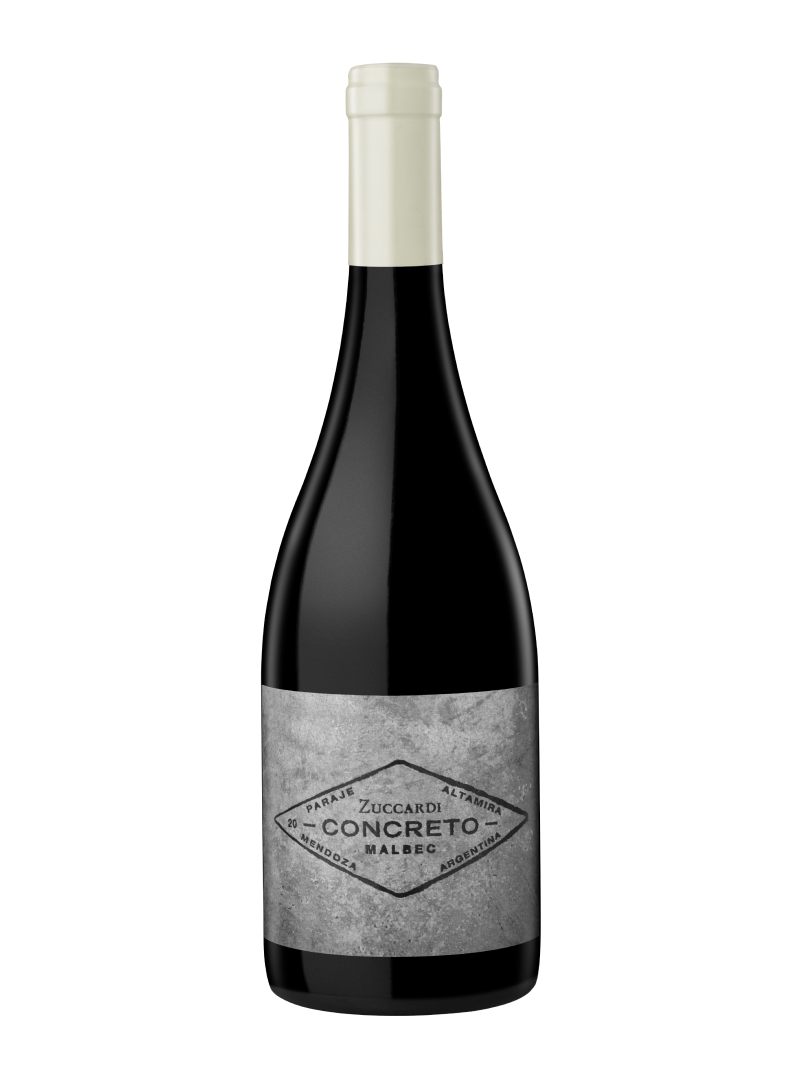
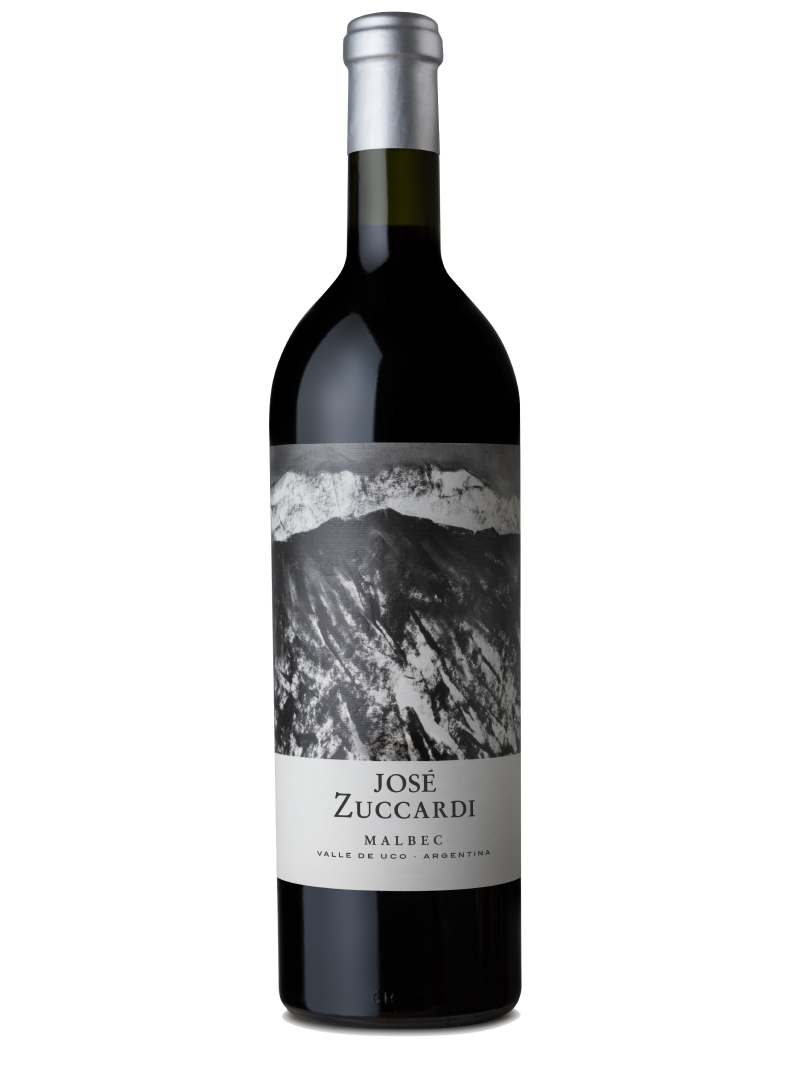
José Zuccardi
ORIGIN & ALTITUDE: IG Paraje Altamira, San Carlos, Valle de Uco, Mendoza – 1100 m | 3906 ft
Gualtallary, Tupungato, Valle de Uco, Mendoza – 1360 m | 4462 ft
VARIETY: 95% Malbec, 5% Cabernet Sauvignon
My father has always enjoyed the challenges. In 2000, he started working on the best family wine. His objective went beyond a particular wine: he invited us to dream, he motivated us to feel that the family could make great wines. With the 2002 vintage came this wine called Zeta, which combined the pioneering spirit with the family vision.
It was an assemblage that truly identified us. A blend of Malbec – the most important variety in Argentina – with Tempranillo, the variety that communicated the visionary spirit of the Zuccardi.
I felt a change was necessary for 2013 vintage. The result is this wine that bears my father's name and that shows the evolution of our cosmovision over the years.
José Zuccardi is a Malbec from the mountain, from vineyards in Uco Valley with a high concentration of stones and calcium carbonate in the soils. It is fermented in concrete tanks without epoxy and aged in large oak barrels (foudres).
Sebastián Zuccardi
Zuccardi
Blanc de Blancs
ORIGIN: Tupungato, Valle de Uco, Mendoza
VARIETY: 100% Chardonnay
Sparkling wines hold a special place in my life, as they marked my introduction to the world of wine, my first project within the family, and they brought me closer to the Valle de Uco.
Zuccardi Blanc de Blancs is a 100% Chardonnay sparkling wine, crafted using the Champenoise method. We chose this variety for its transparency towards the terroir.
The grapes come from La Carrera, one of the highest and coldest areas of the Valle de Uco, at 1550 meters above sea level. The altitude, and consequently the lower temperatures, are key for the production of sparkling wines, especially when aiming for long aging on lees. As we gain in altitude, the pace of ripening slows down, preserving higher levels of natural acidity.
The wine is aged on lees for more than three years, aiming to achieve complexity and development in the mouth. The final dosage of sugar is always very low to sustain the backbone provided by acidity and calcareous soils.
I suggest using wine glasses, instead of the typical sparking wine flutes, to be able to fully appreciate the aromatic complexity from the terroir, along with the notes from aging on lees.
Sebastián Zuccardi
